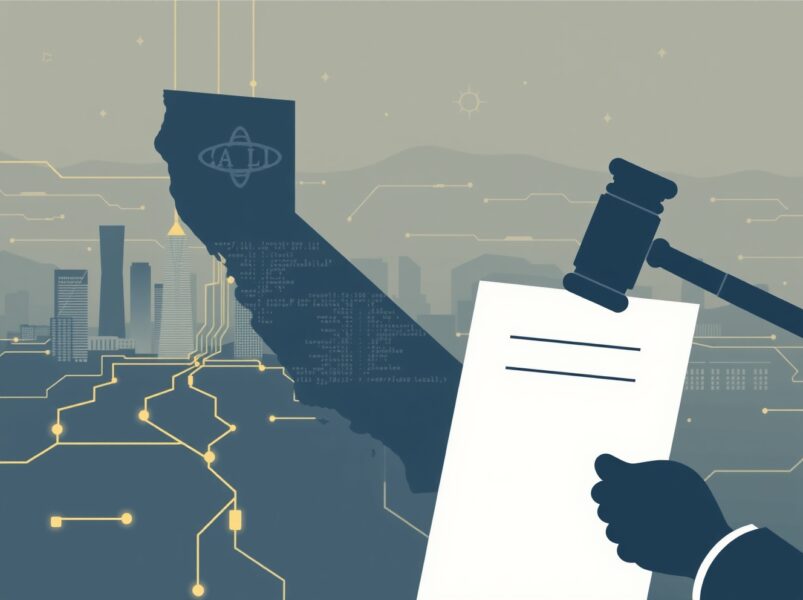Farcaster Launches Token and Trade Alerts for Base and Solana Networks
TLDR
- Farcaster introduces token and trade alerts for Base and Solana blockchains.
- Users can set custom price alerts for real-time trading updates.
- Track traders’ activities and get instant notifications on Farcaster.
- Farcaster combines social networking with live crypto asset monitoring.
Farcaster has introduced new token and trade alert features for the Base and Solana blockchains. This update allows users to track trading activity and receive personalized price notifications directly on the platform. By integrating these tools into its decentralized social network, Farcaster provides real-time updates for both individual traders and investors. The feature aims to enhance the trading experience by offering instant access to market movements.
New Trading Features on Base and Solana
Farcaster’s latest release offers an easy way for users to monitor transactions across two popular blockchain networks: Base and Solana. Users can follow traders and receive notifications instantly when transactions occur. The system allows individuals to configure custom price alerts for specific tokens, helping them stay ahead of market fluctuations.
This tool is particularly useful for those looking to act quickly in a dynamic trading environment. It removes the need for users to check multiple platforms for updates. With notifications sent directly within Farcaster, users are provided a more efficient way to track asset movements without constantly monitoring markets manually.
Customizable Alerts for Improved Decision-Making
A standout feature of the update is the customizable price alerts. Farcaster users can set specific price points for assets they are watching. The alerts notify users when prices meet their set criteria, helping them make timely trading decisions. This feature is expected to assist traders who may struggle to monitor prices around the clock.
By receiving these updates in real-time, users are empowered to act immediately when prices change, whether to buy or sell tokens. This addition can reduce the risk of missed opportunities, which is a common concern for retail investors in the crypto market.
Integration of Social and Trading Tools
What sets Farcaster apart from other platforms is its integration of social networking with trading features. The platform combines decentralized social interactions with live trading surveillance, enabling users to discuss market trends while staying informed on critical updates. This merger of social tools with crypto asset monitoring ensures that users can engage in meaningful conversations without leaving the platform.
Traders can follow and track the activities of others, gaining insights into their strategies. This integration of social engagement with market alerts adds a unique layer to Farcaster’s functionality. Users no longer need to switch between different apps for updates or community discussions, as everything is available in one place.
Farcaster’s new features aim to simplify the process of monitoring market activities while improving decision-making for traders.
The post Farcaster Launches Token and Trade Alerts for Base and Solana Networks appeared first on CoinCentral.
También te puede interesar

RAY price at risk as Raydium users plunge 81%

Dismantling Hyperliquid's top whales' trading codes and gaming strategies: the art of leverage and timing
